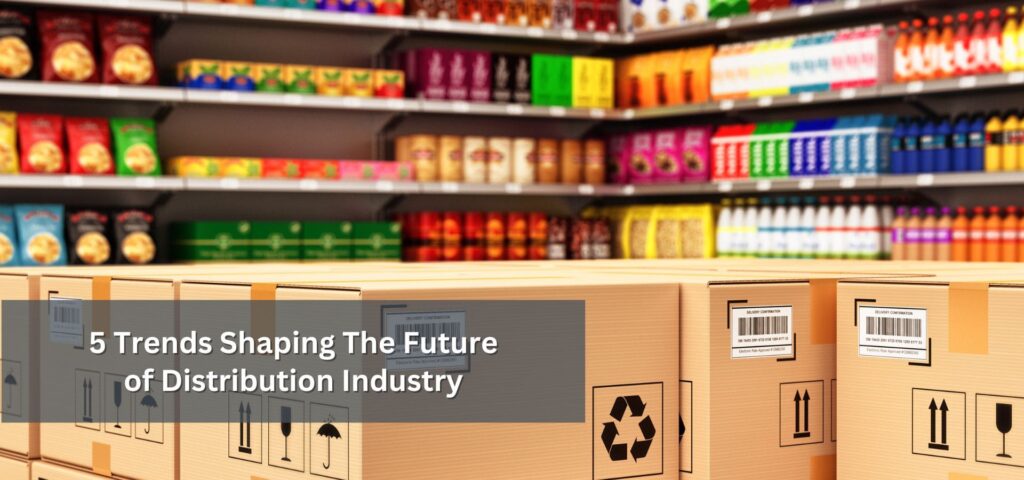
Image by Freepik
The future of distribution is likely to be heavily influenced by technology, sustainability concerns, changing consumer behavior, and global economic shifts. Here are some trends that may shape the future of distribution:
The rise of e-commerce continues to transform distribution channels. Online shopping has become increasingly popular due to its convenience, wide product selection, and competitive pricing. This trend is reshaping traditional retail models, with more businesses investing in online platforms and optimizing their supply chains for digital sales. The convenience of e-commerce is driving changes in distribution logistics, with companies focusing on efficient last-mile delivery solutions to meet growing consumer expectations for speed and reliability.
Consumers today expect a seamless shopping experience across multiple channels, including online marketplaces, brick-and-mortar stores, mobile apps, and social media platforms. Omni-channel distribution integrates these various channels to provide a unified experience for customers, allowing them to research, purchase, and receive products through their preferred methods. This trend requires businesses to invest in technologies that enable real-time inventory management, order fulfillment, and customer engagement across all touchpoints.
Recent disruptions such as the COVID-19 pandemic, natural disasters, and geopolitical tensions have highlighted the importance of supply chain resilience. Businesses are reevaluating their supply chain strategies to mitigate risks and build greater flexibility into their distribution networks. This includes diversifying sourcing locations, increasing inventory buffers, adopting digital supply chain solutions for enhanced visibility and agility, and collaborating closely with suppliers to ensure continuity of operations during times of crisis.
As environmental concerns become more prominent, there is growing pressure on businesses to adopt sustainable practices throughout their distribution processes. This includes reducing carbon emissions, optimizing transportation routes to minimize fuel consumption, implementing eco-friendly packaging solutions, and exploring alternative energy sources for logistics operations. Consumers are increasingly prioritizing environmentally responsible brands, prompting companies to incorporate sustainability into their distribution strategies as a competitive differentiator.
echnological innovations such as artificial intelligence (AI), robotics, blockchain, and Internet of Things (IoT) are revolutionizing distribution operations. AI-driven predictive analytics are helping businesses forecast demand more accurately and optimize inventory levels. Robotics and automation are improving efficiency in warehouses and distribution centers, reducing labor costs and accelerating order fulfillment. Blockchain technology is enhancing transparency and traceability in supply chains, enabling secure and tamper-proof tracking of products from manufacturer to end consumer. IoT devices are providing real-time monitoring of assets and shipments, enabling proactive maintenance and improving overall operational visibility.
These trends are driving significant transformations in the distribution landscape, creating both challenges and opportunities for businesses as they adapt to meet the evolving needs and expectations of consumers in the digital age.
Contact Us
Related
Related
Get started with Axacute and improve your business operations.